Case Studies
Common orthopaedic problems in general practice
Trigger thumb/finger
Before Treatment

Release of A1 Pulley


It is also called as stenosing tenosynovitis.
Caused by thickening of flexor tendons which catches on proximal edge of A1 pulley
occurs in
Ring finger
Thumb
long index and
small finger
F>M
Decurvain’s tenosynovitis
Pain and swelling about the region of the radial styloid in wrist,especially during grasping movement with the thumb.
Diagnosis is clinical by Finkelstein’s test which Actively flexing the thumb into the palm while making a closed fist, while having the examiner passively deviate the wrist in an ulnar direction.
Patient presents with tingling and numbness of hand
℅ weakness of grip and unable to hold objects
pain in hand while doing daily activities like sweeping, holding glass, toothbrush.
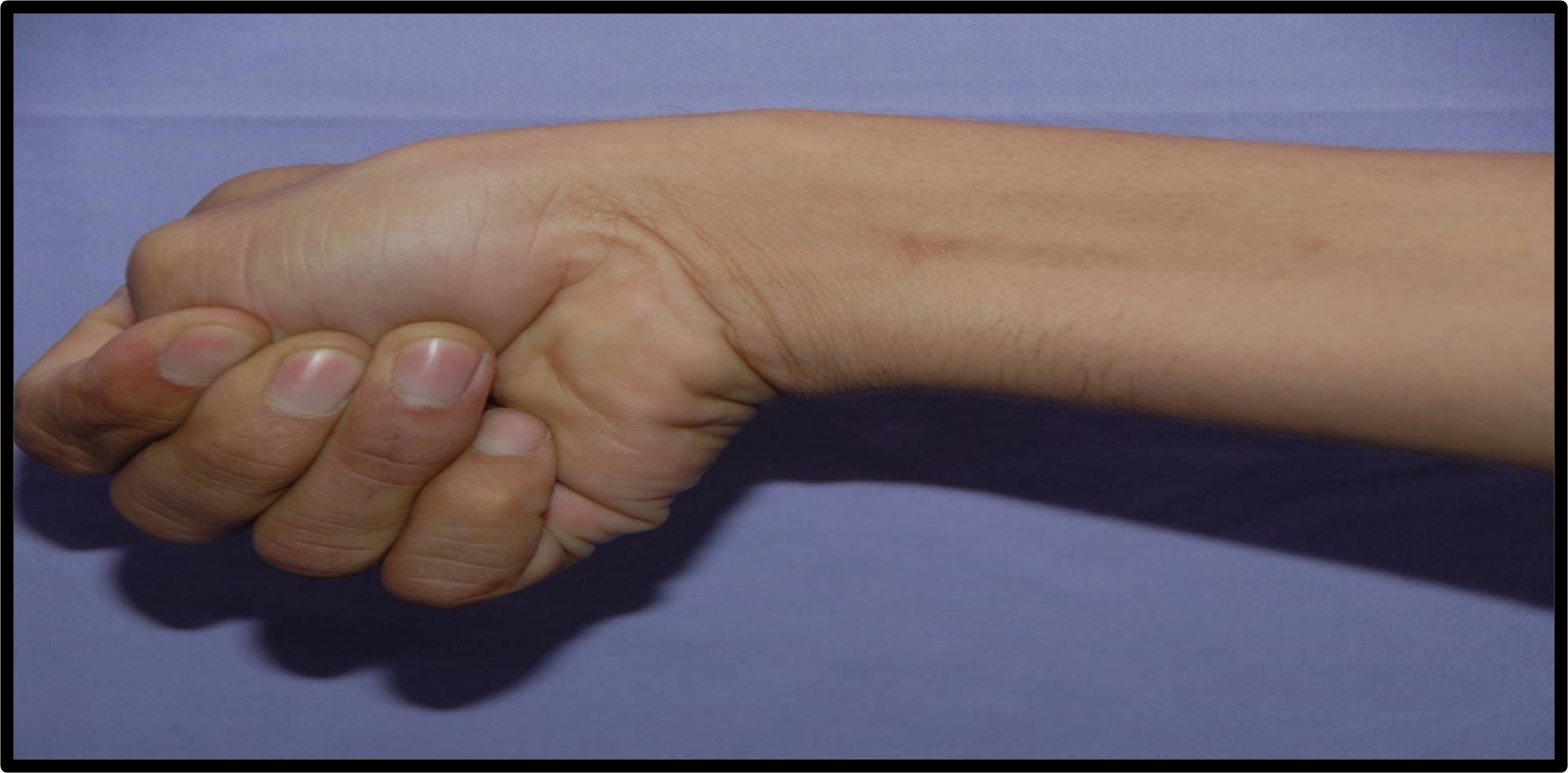 -->
-->

Carpal Tunnel Syndrome
Carpal tunnel syndrome (CTS) occurs when the median nerve, which runs from the forearm into the palm of the hand, becomes pressed or squeezed at the wrist. The carpal tunnel—a narrow, rigid passageway of ligament and bones at the base of the hand—houses the median nerve and the tendons that bend the fingers. The median nerve provides feeling to the palm side of the thumb and to the index, middle, and part of the ring fingers (although not the little finger). It also controls some small muscles at the base of the thumb.
Also known as entrapment neuropathy of median nerve.
clinical diagnosis by
Phalen’s test
tinel tap test
confirmation by EMG-NCV
After Treatment

Before Treatment


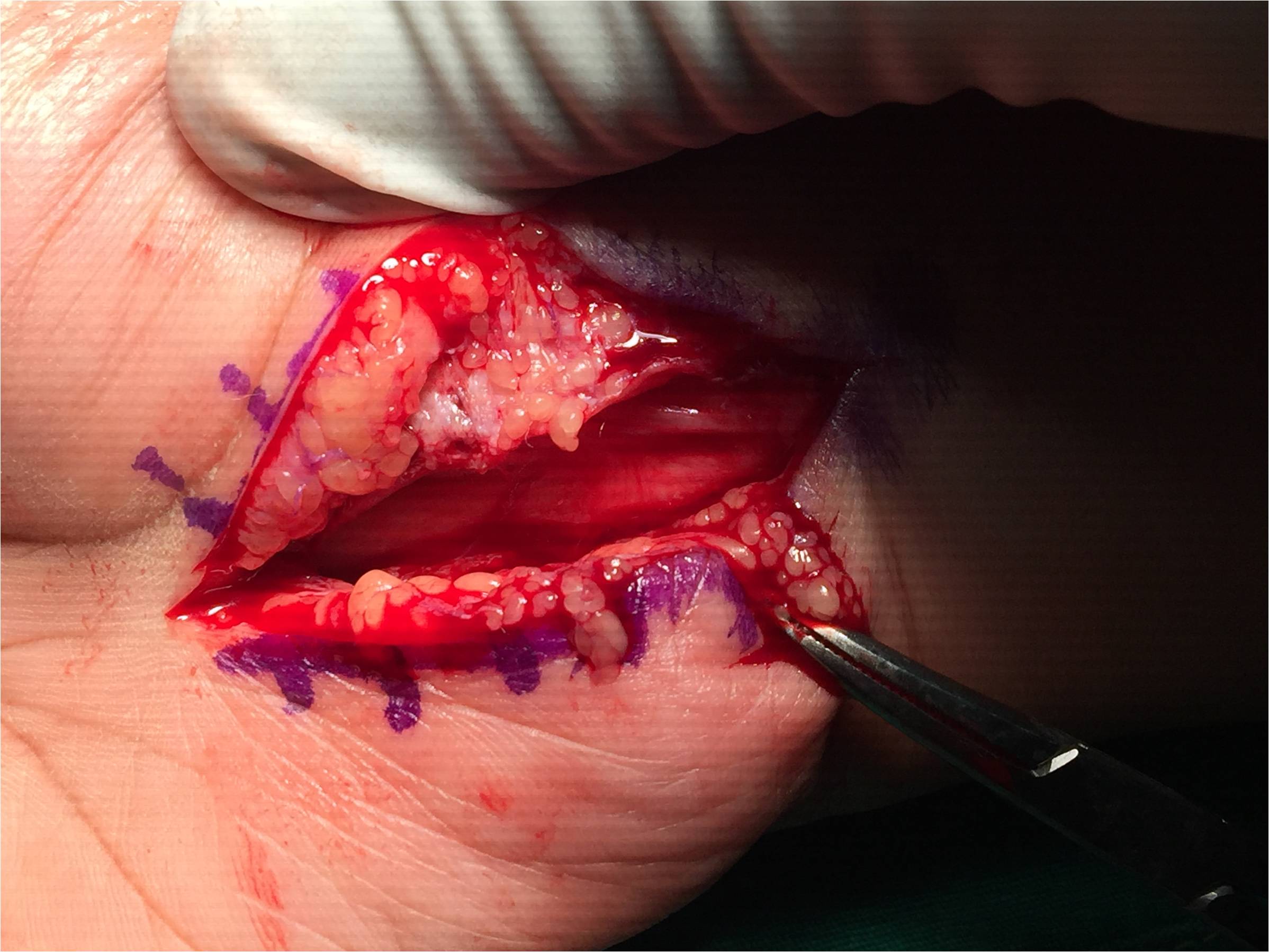
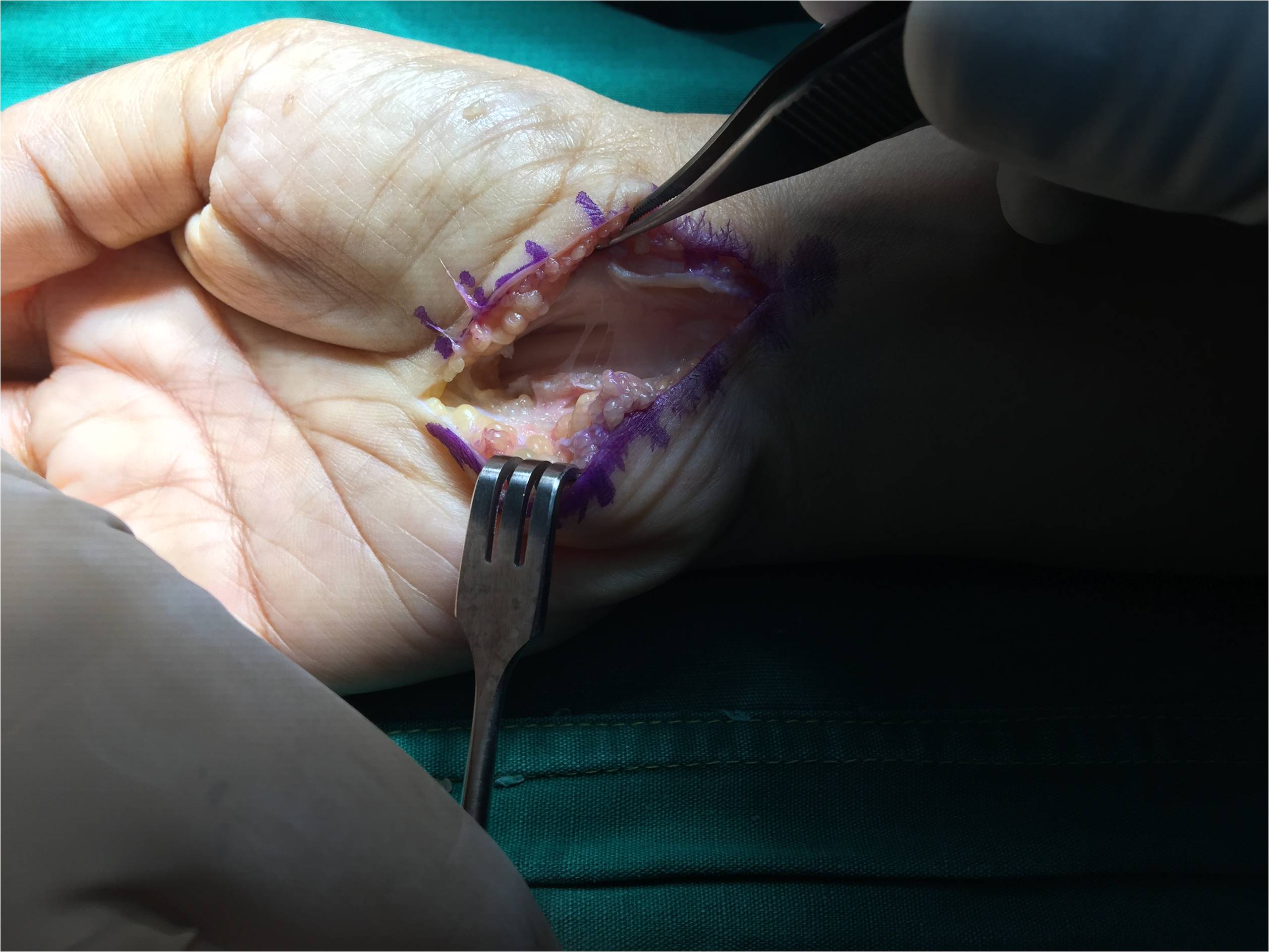
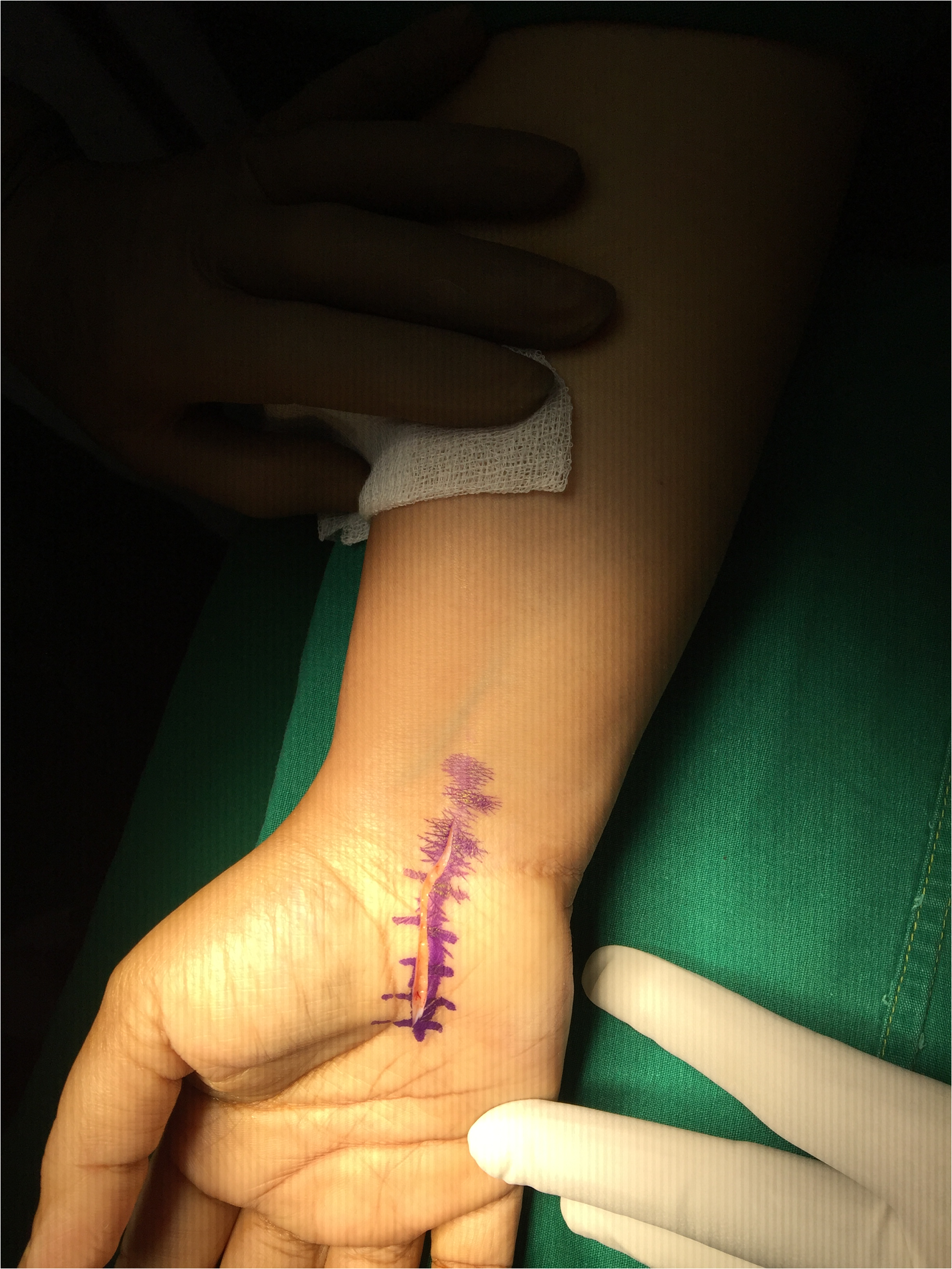
Enthesiopathy
Lateral and medial epicondylitis (Tenis and Golfer’s Elbow)
Hagelund disease- Retrocalcaneal Bursitis
Peroneal tendonitis-pain along lateral aspect of ankle
Plantar Fasciitis- Heel Pain
Trochenteric Bursitis- pain along lateral aspect of thigh
Investigations
Appropriate Radiographs
Blood work up :
CBC, S. Uric acid, R. A. Factor, CRP, BSL Fast & PP
55 years old female with Bilateral knee pain
Before Treatment
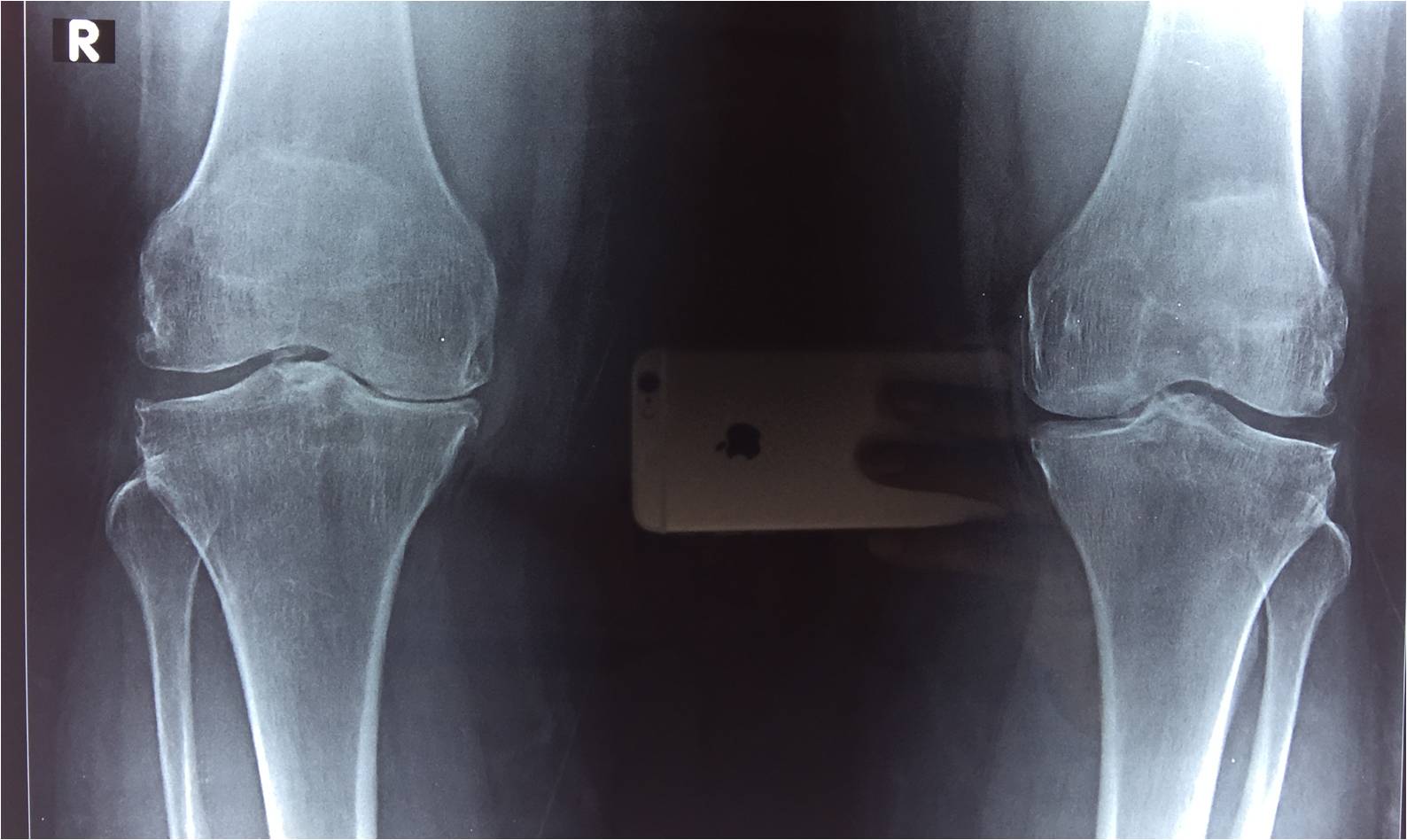
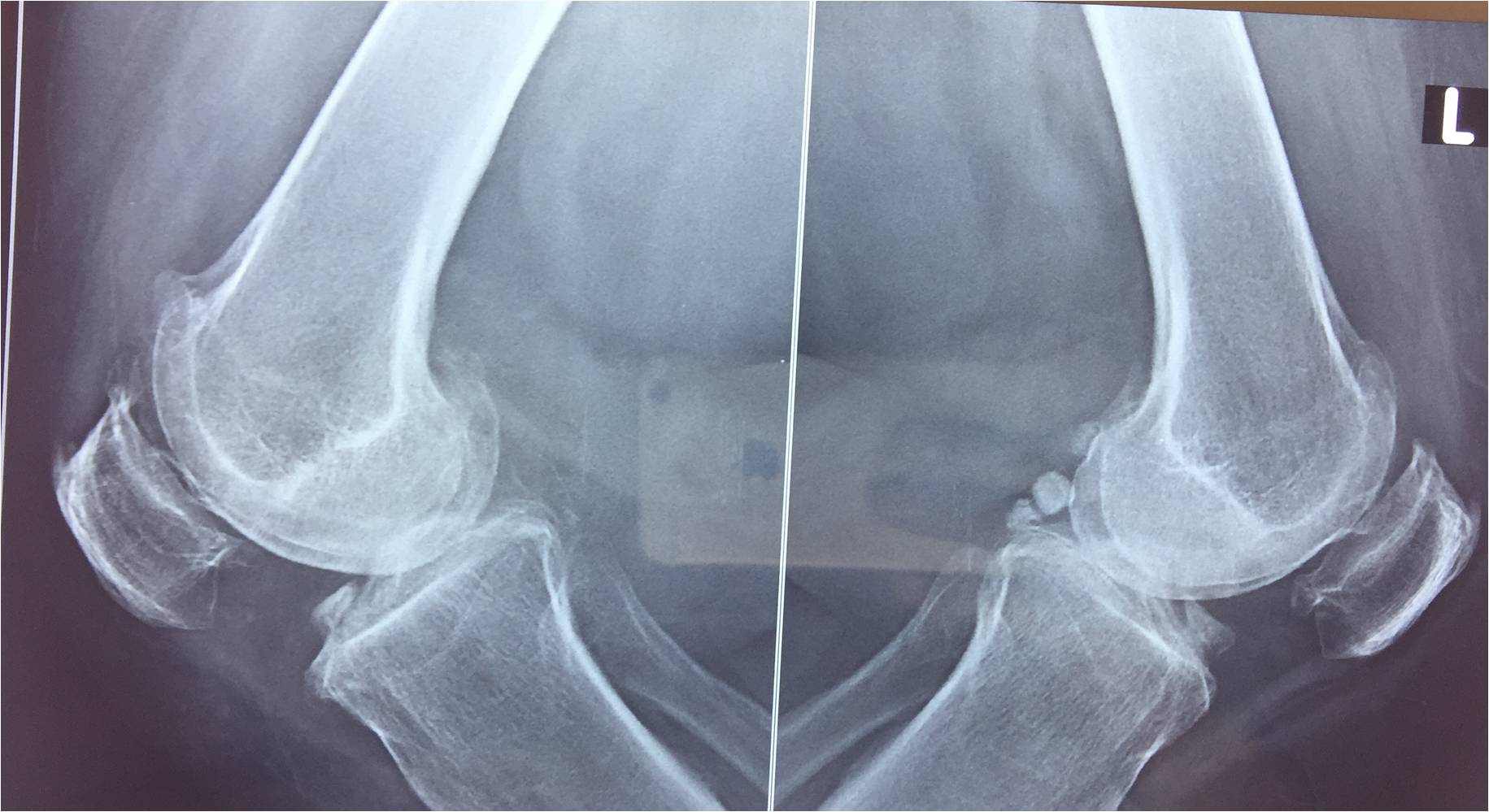
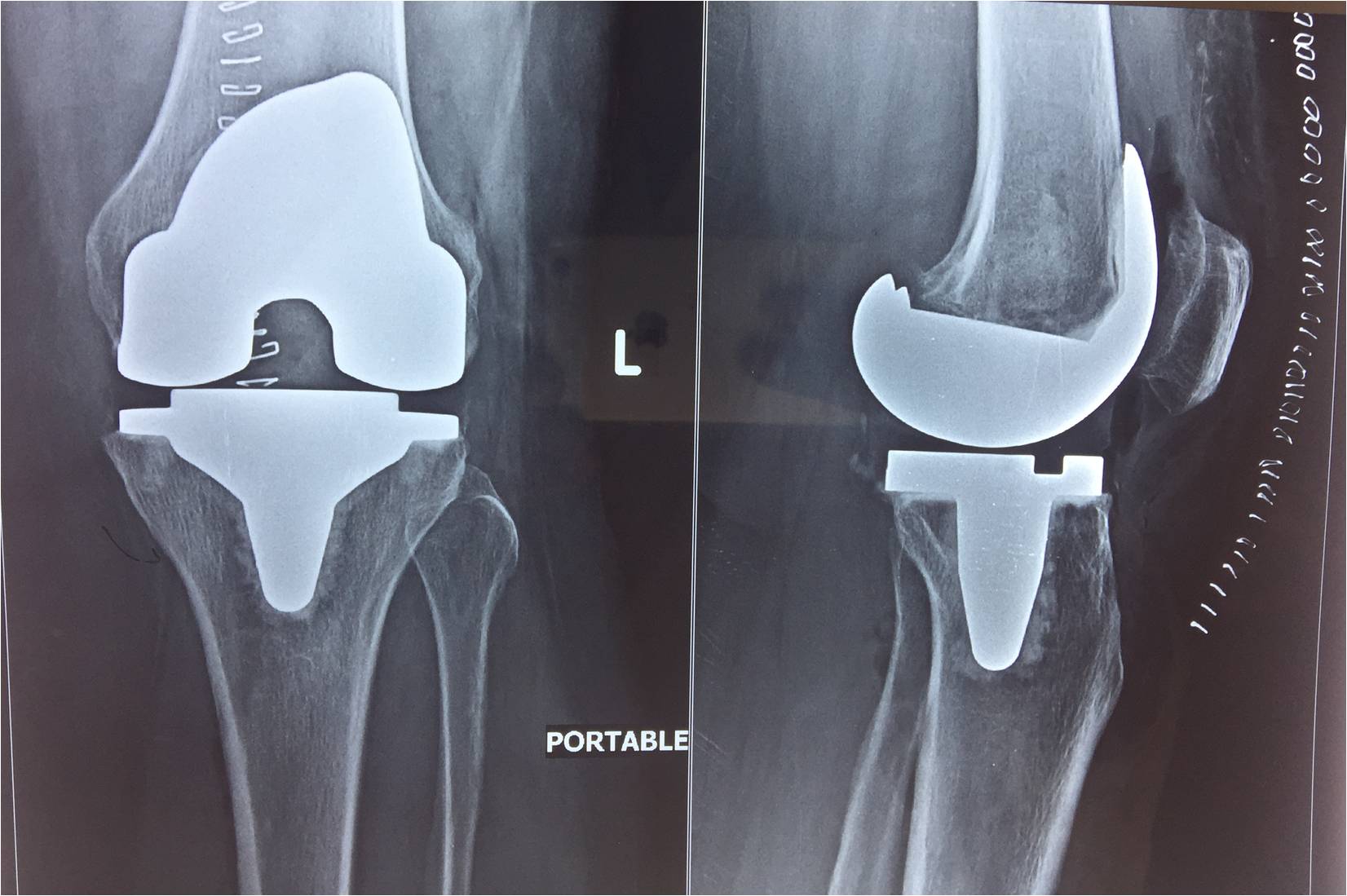
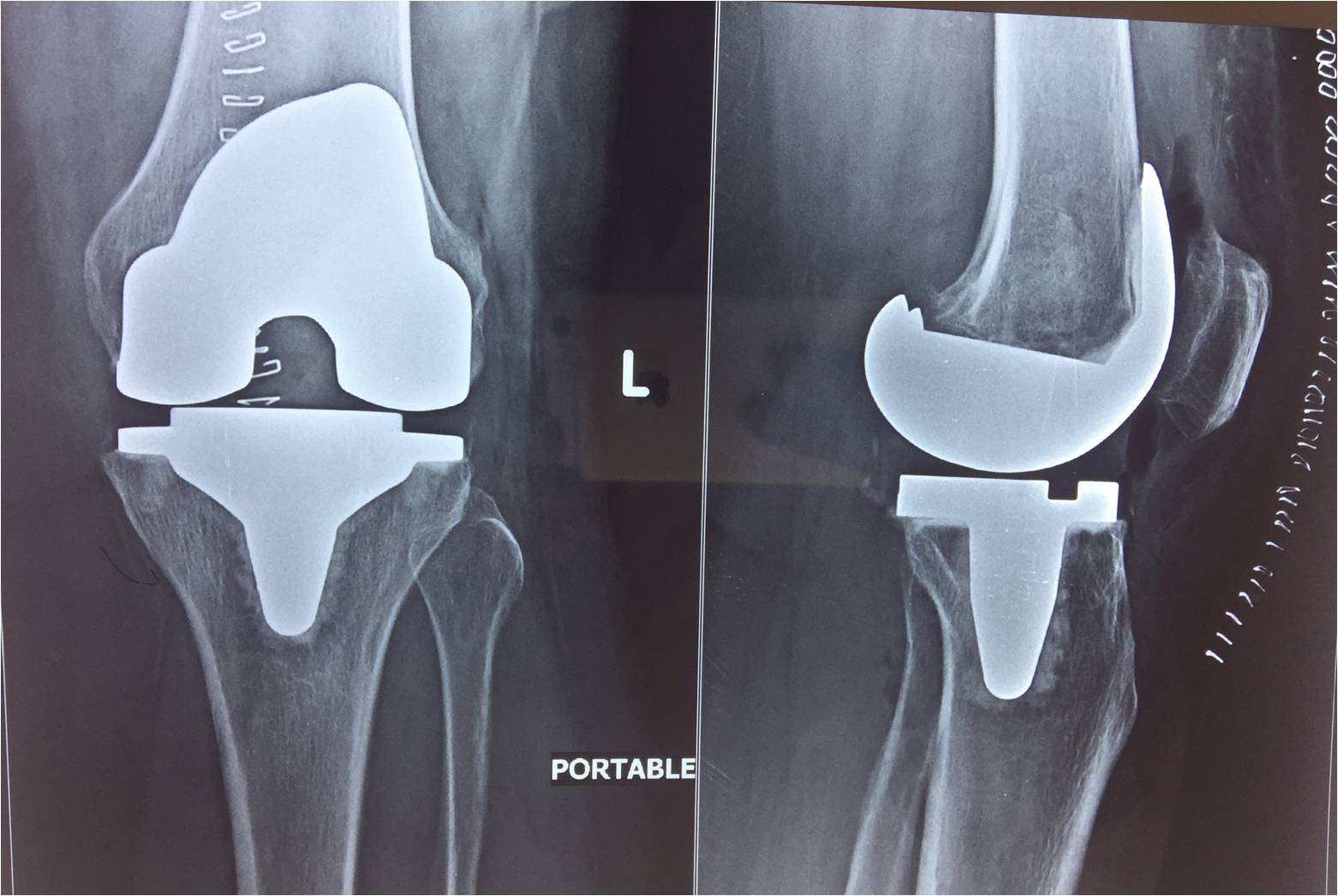
Knee arthritis is one of the most common types of osteoarthritis (OA). You use your knees for everyday movements and even for stationary postures like standing. It’s easy to see how your knee joints can wear down over time. The extent of knee arthritis depends on how much you use your knees, and which knee you use most often. Some people get OA in just one knee, which is known as unilateral OA. Bilateral knee arthritis occurs when both knees are affected with OA. OA is a painful, degenerative condition that can reduce your mobility and make daily tasks difficult to manage. Early diagnosis and treatment may decrease joint damage and improve your overall quality of life.
After Treatment

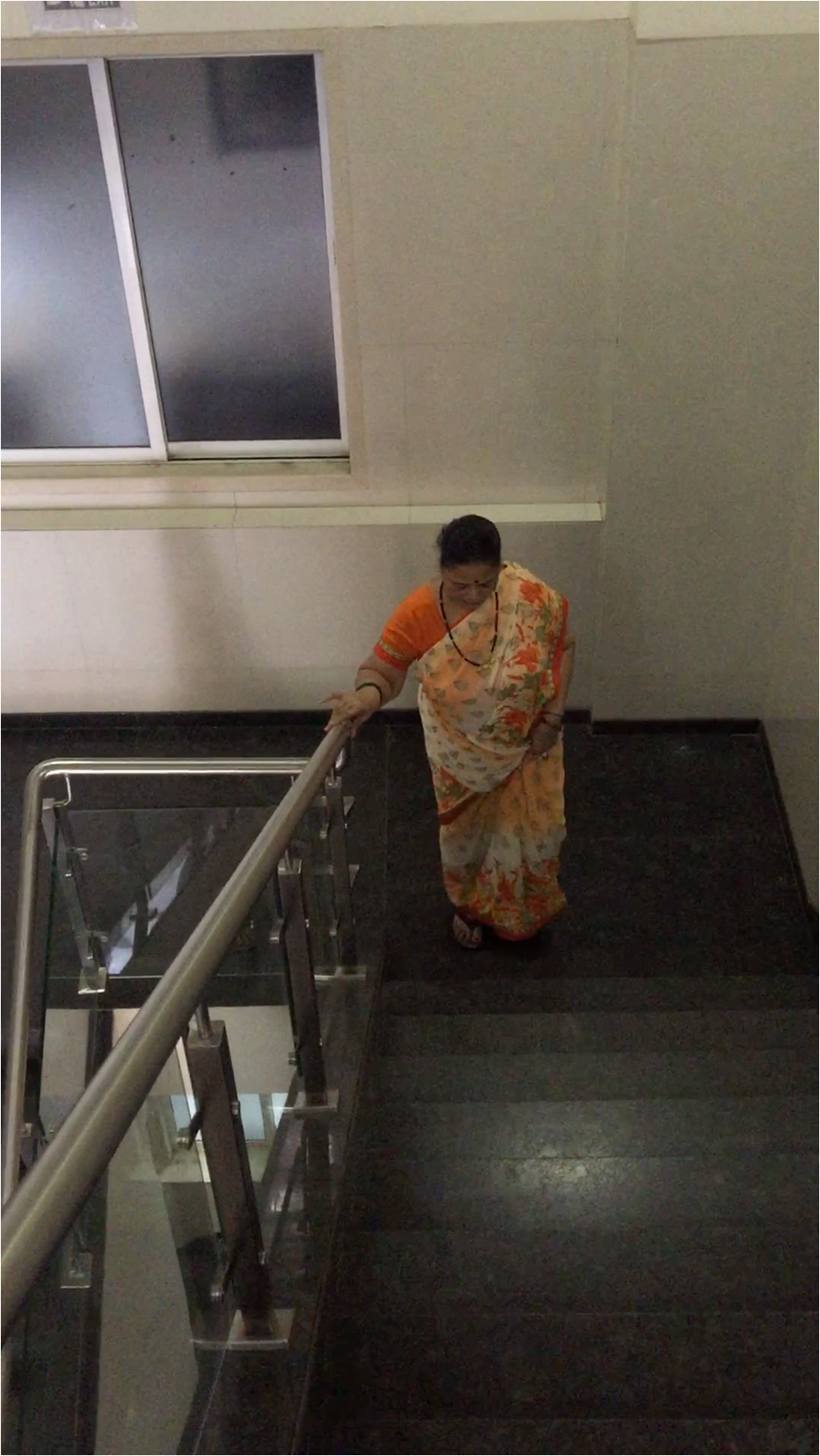
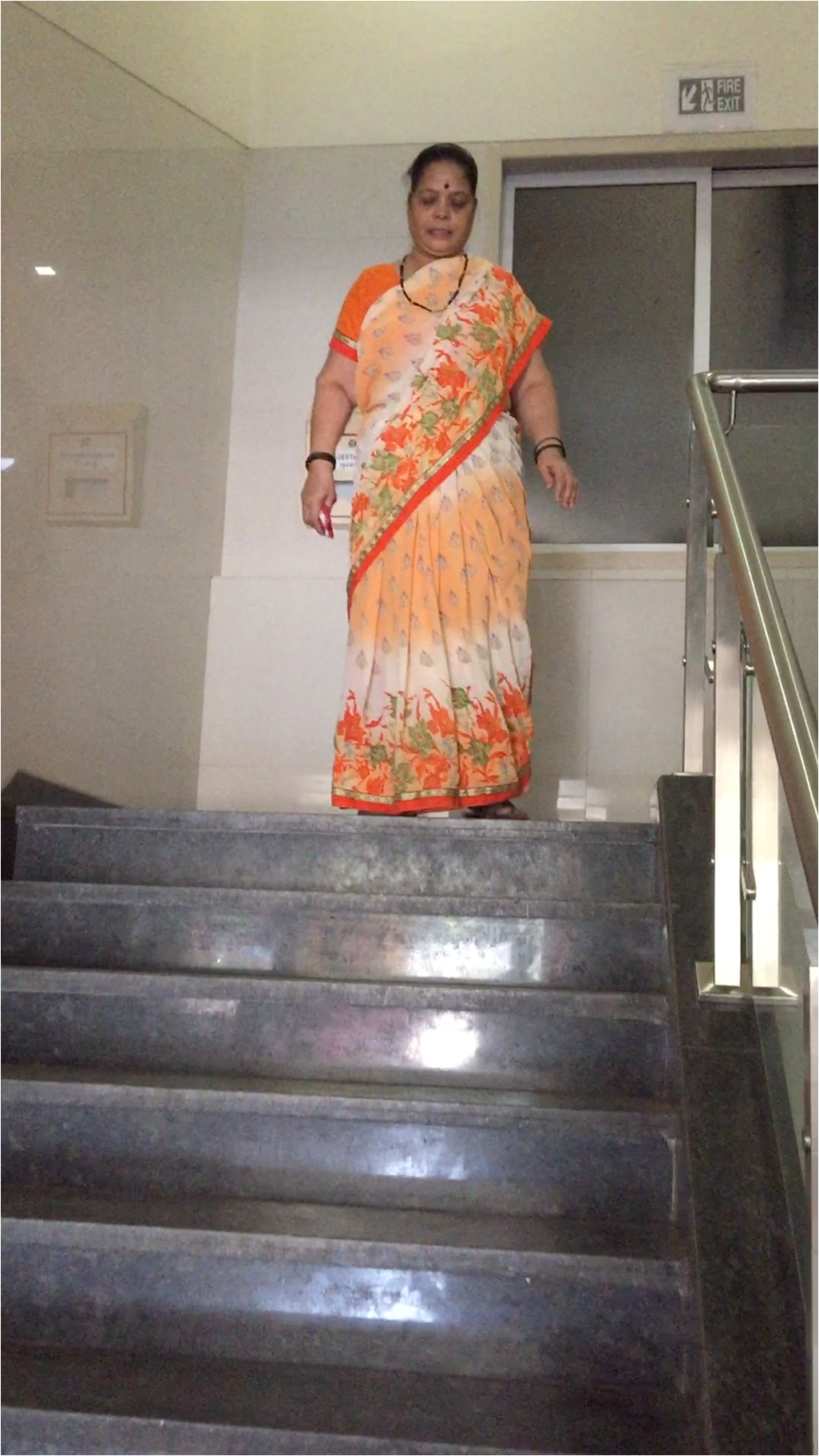
40 years old lady with fracture distal humerus
Genu valgum (knock-knees) is a common lower leg abnormality that is usually seen in the toddler, preschool and early school age child. In genu valgum, the lower extremities turn inward, causing the appearance of the knees to be touching while the ankles remain apart. Knock knees usually is first seen in late toddlerhood. Often parents may have noticed the knees bowing out (genu varum) when the child first started walking but by age 3, the child has developed knock knees. Genu valgum is most severe by age 3 but then usually resolves on its own by age 7-8. Knock knees are slightly more common in girls than boys.
Before Treatment
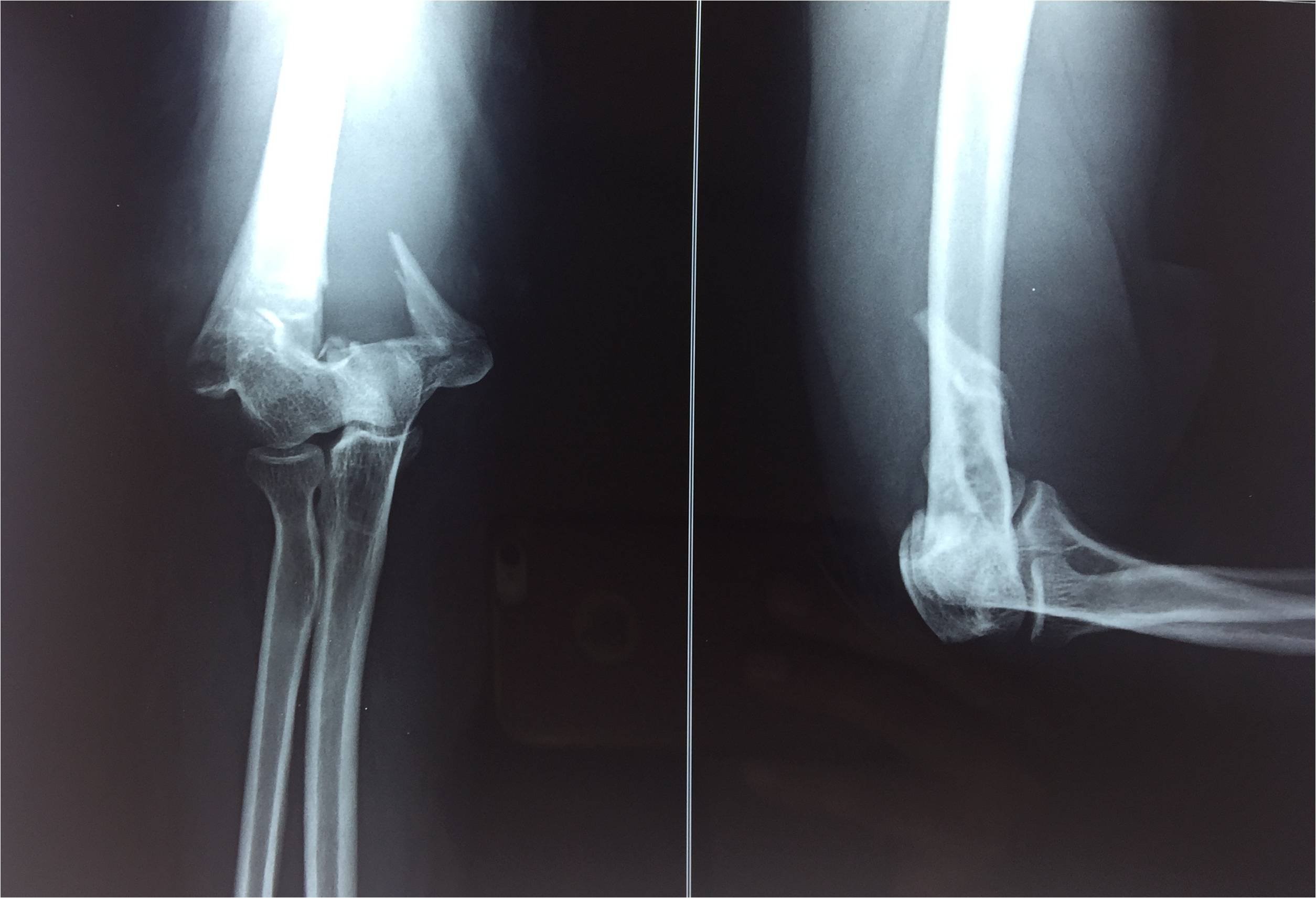


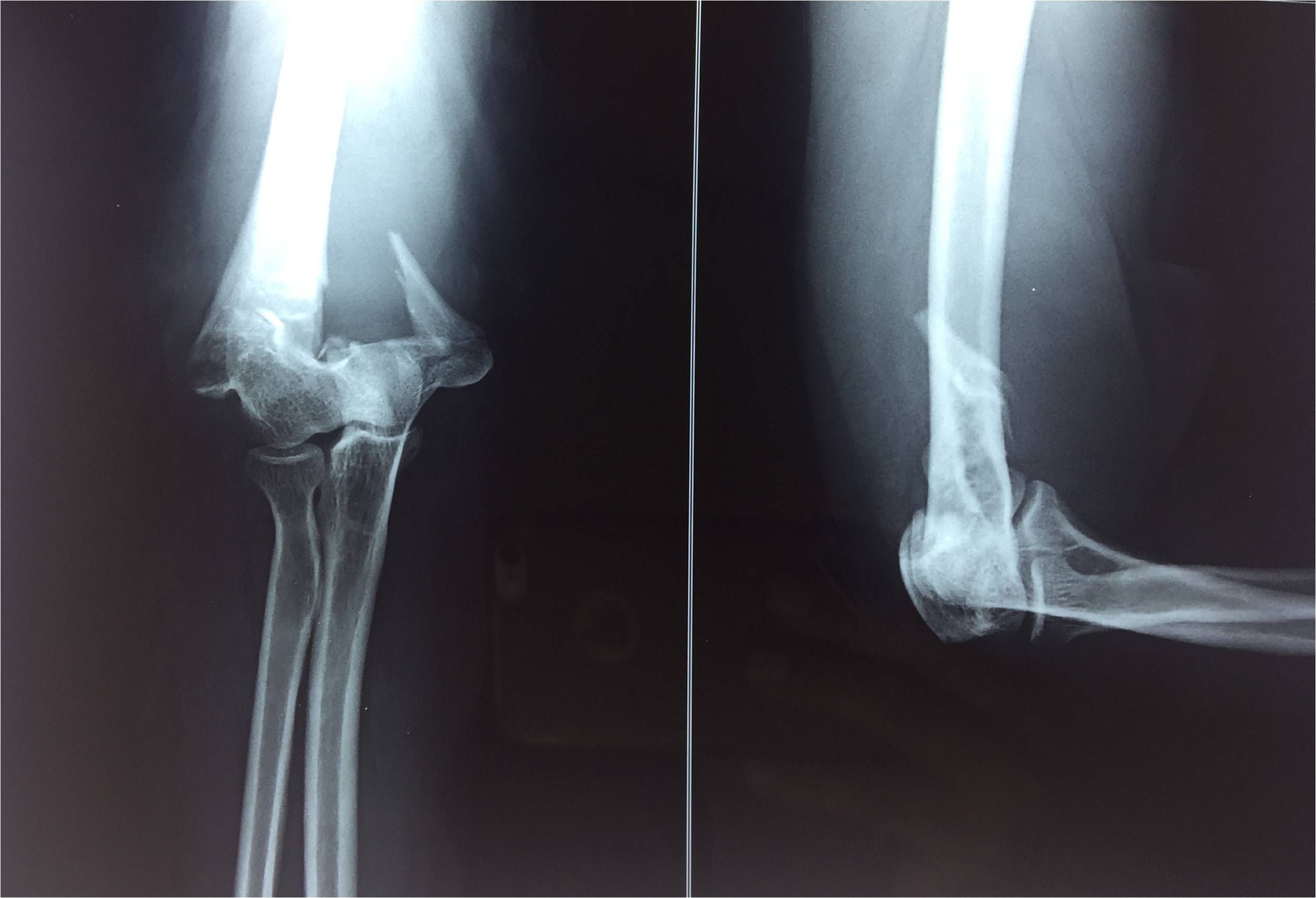
Fracture surgical neck humerus
Before Treatment
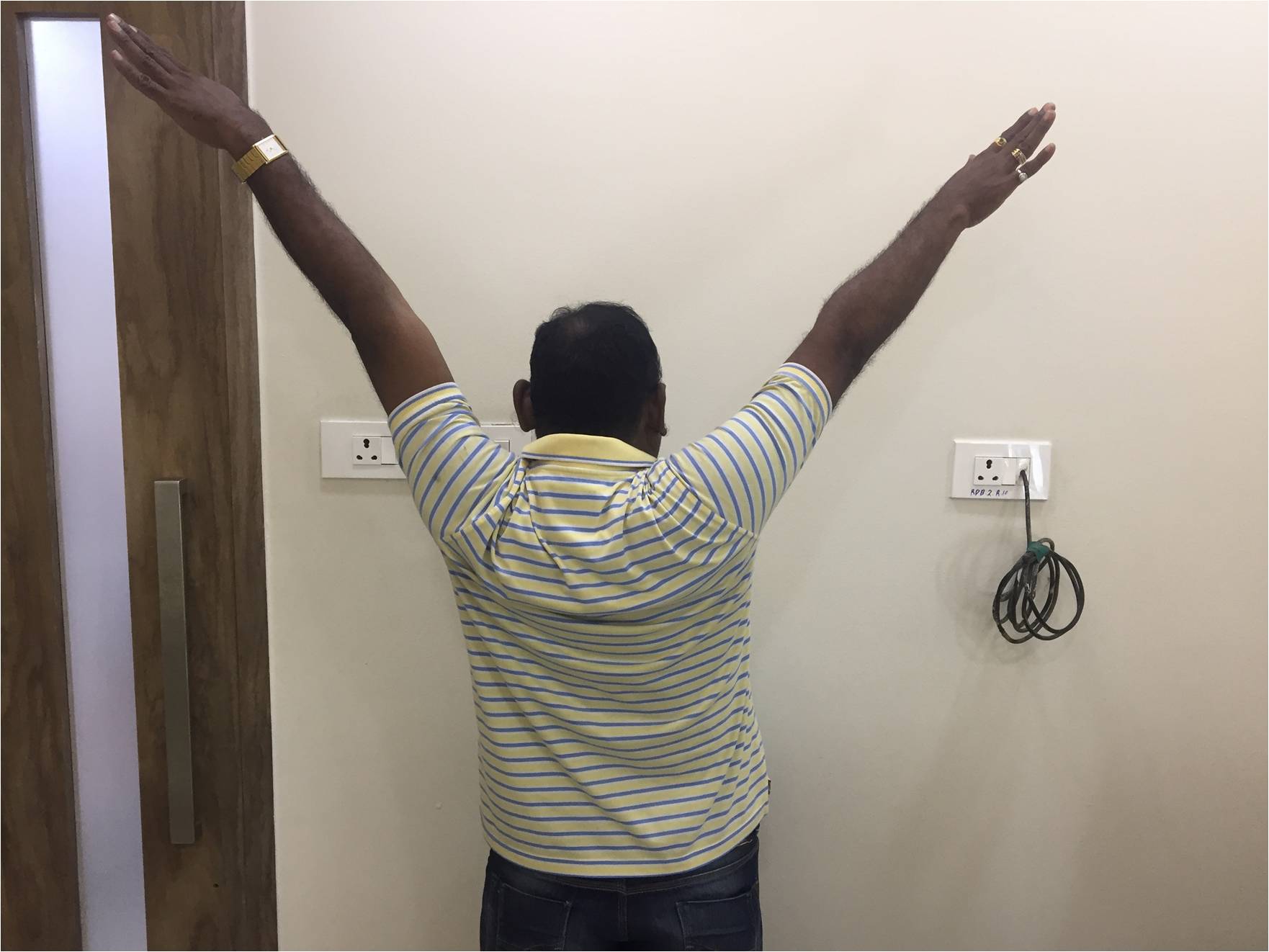
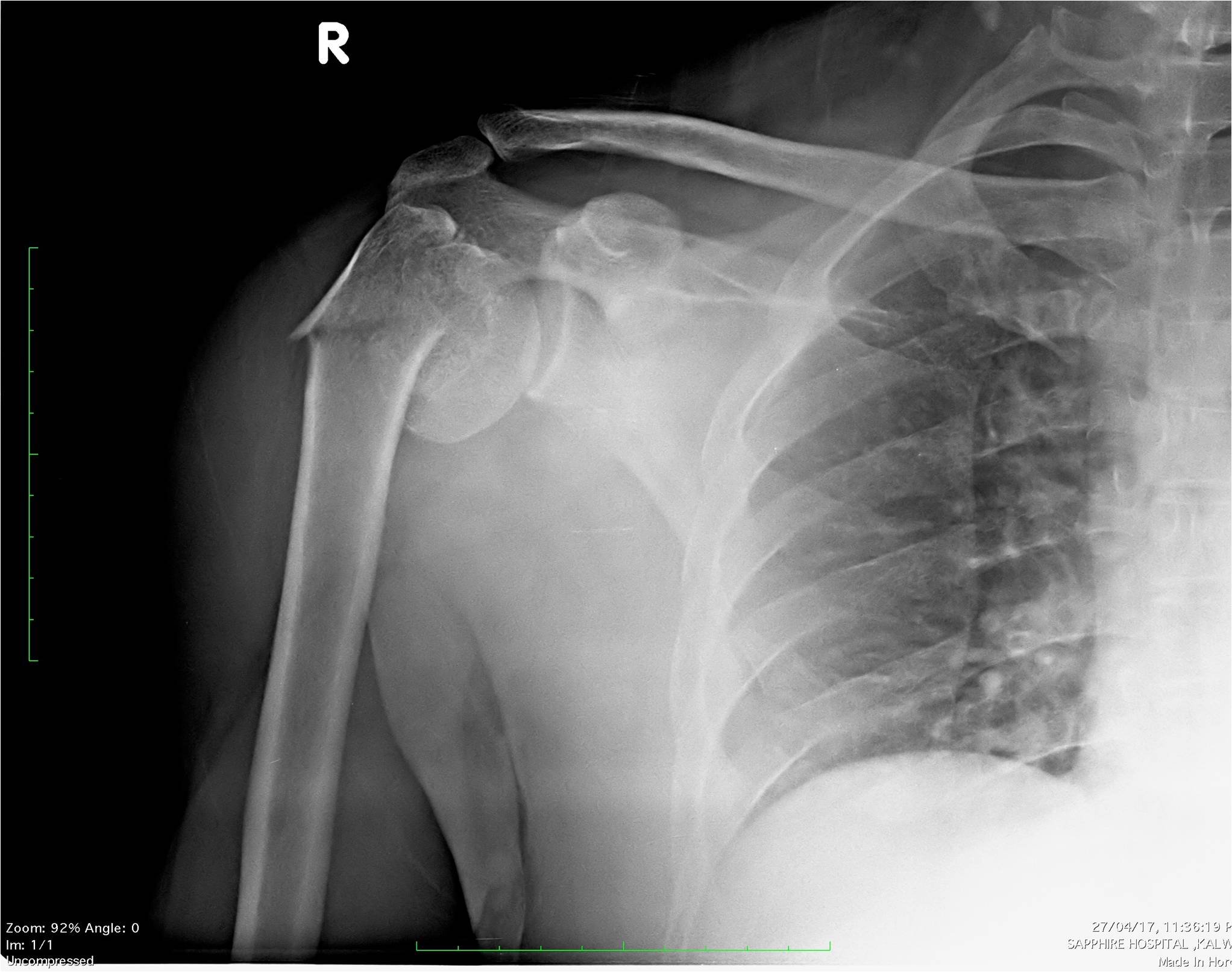
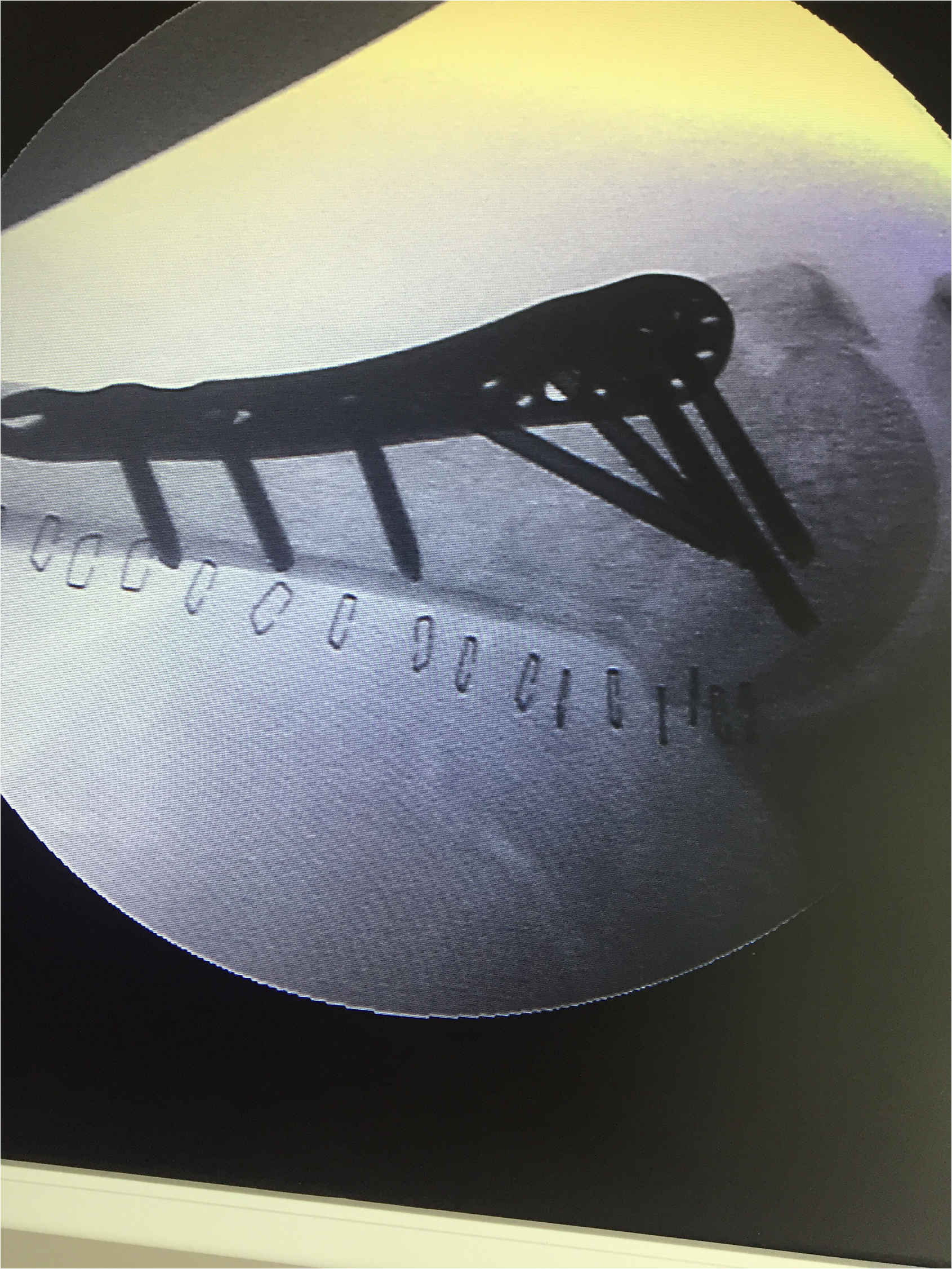
The surgical neck of the humerus is a constriction below the tubercles of the greater tubercle and lesser tubercle, and above the deltoid tuberosity. It is much more frequently fractured than the anatomical neck of the humerus. A fracture in this area is most likely to cause damage to the axillary nerve and posterior circumflex humeral artery. Damage to the axillary nerve affects function of the teres minor and deltoid muscles, resulting in loss of abduction of arm (from 15-90 degrees), weak flexion, extension, and rotation of shoulder as well as loss of sensation of the skin over a small part of the lateral shoulder..
